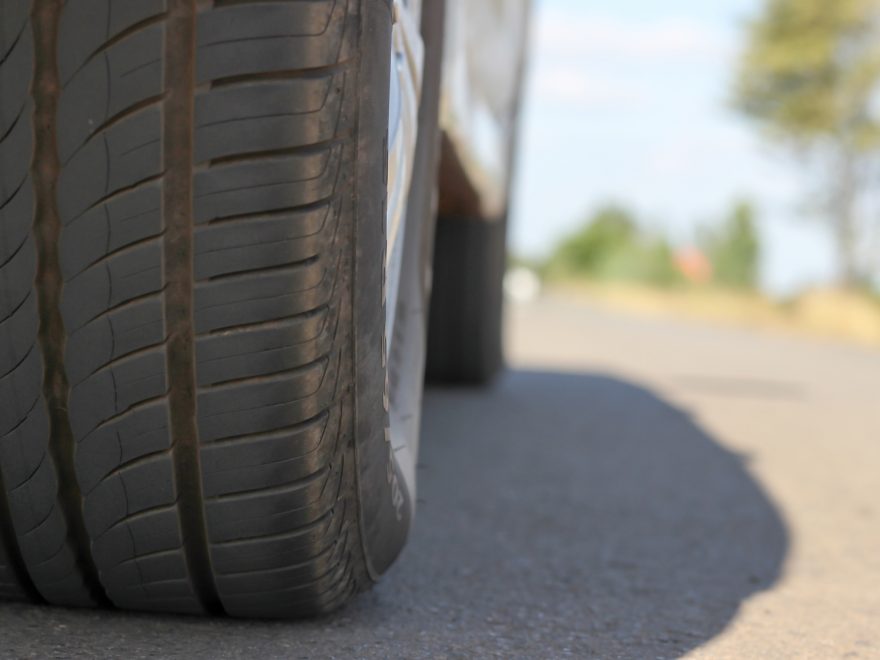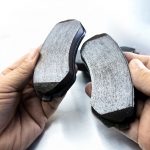Are you a proud Toyota owner looking to extend the life of your vehicle?
If you own a Toyota vehicle, you can rest assured that you own one of the higher quality vehicles on the market.
However, even Toyotas need adequate protection beyond general maintenance measures.
Specifically, it’s important to take good care of your Toyota tires and wheels. Your tires are a critical component when it comes to your daily safety and transportation needs.
Find Your Online Car Repair Manual Today! ->>
There are steps you can take to protect your tires and wheels today. In this post, we’ll talk about what you can do today!
1. Keep Wheels Regularly Aligned
As a vehicle owner, you’ve likely heard that you should regularly align your wheels to keep them in working order.
The wheels of any vehicle operate at a specific angle when propelling it forward. This angle is very sensitive, but maintaining it ensures that all of your tires will wear evenly over time.
If the angle becomes shifted for whatever reason–either by hitting a pothole or driving your vehicle consistently–your tires can start to wear in different ways.
As a result, an unaligned vehicle can pose a safety hazard to drivers and passengers.
Realigning your wheels means having professionals ensure your tires are operating at the right angle.
But when should you do this, and how often?
When it comes to your Toyota tires, you’ll want to align your wheels every 5,000 to 6,000 miles.
Treat your wheel alignment like an oil change–it should be part of routine maintenance to keep your tires healthy and your car happy.
2. Know How and When to Change a Tire
Knowing how to change a tire is valuable knowledge for anyone.
But don’t just trust that someone will be there to help you if you suddenly need a tire change.
Check out your Toyota’s manual to learn more about the type, size, and specifications of your tires.
Your manual will also likely give you information on how to change a tire, or at least general steps to take in case you need a tire change.
Know when to recognize that you need a new tire. Typically, this is always pretty obvious.
You can easily acquire a flat or blow a tire on uneven roads, or even plain old highway.
You’ll be able to visually notice one of these, of course. But if you are in the vehicle, a damaged tire may make a grinding or rubbing noise that sounds urgent.
Locate where your spare tire is in your Toyota as well as all equipment you need to change the tire itself.
Here’s a great video tutorial on changing a tire.
3. Recognize Signs of Tire Distress
Your Toyota tires can accumulate damage of all kinds, no matter what type of driving you do.
Learn to recognize common signs of damage so that you can take action right away and prevent higher repair bills.
In fact, you can identify a tire blowout before it even happens.
Note any cracking, gouges, or cuts in your Toyota tires’ sidewalls. You may also identify strange bulges or what looks like blisters on your tire’s tread.
Lastly, pay attention to any tire that looks as if it is wearing unevenly. Uneven or thinning tread will be quite obvious, especially if you inspect it against the treads of your car’s other tires.
When driving, you may notice extra vibrations or humming coming from one of your tires.
In any of these instances, be sure to contact a professional right away for assistance.
4. Stay on Top of Tire Rotations
Just like wheel alignment, it’s important to rotate your Toyota tires regularly.
An important element of keeping your tires healthy is ensuring that they are always wearing evenly.
Besides alignment, you can ensure even wear on your Toyota tires by moving the front tires to the back, and vice versa.
This is important as front and back tires tend to wear differently according to different brake systems.
Regular tire rotation can ensure that you’re maximizing your tire performance and lifespan. Like wheel alignment, rotate your tires every 5,000 miles or so.
5. Purchase Tires New
Toyota tires can be expensive, especially if you are a first-time car owner.
It may be tempting to purchase a set of used tires for your Toyota in order to save cash.
But used tires are exactly that–used. They may arrive with uneven tread or other problems that can quickly lead to safety hazards.
Purchase al tires new if you want to protect your wheels against all odds.
The same goes for when you are buying a used Toyota vehicle. Make sure you check tire health and replacement before you buy a used vehicle.
Better yet, have a professional scope out the vehicle and give you an opinion on tire health.
6. Maintain Proper Pressure
Your tires operate effectively when they sustain proper air pressure within the tires themselves.
You can identify your ideal tire pressure by inspecting your Toyota manual.
Tire pressure can vary based off of climate. Typically, tires tend to lose pressure in colder weather and gain it during hotter temperatures.
Account for these changes and regularly keep tires at their ideal pressure. You can adjust air pressure at any gas station or with a home compressor.
7. Consult a Professional
At the end of the day, you can best protect your Toyota tires by consulting a professional.
Make sure that you take your Toyota in for regular maintenance when it’s time. Always reach out to an expert if you have concerns about your tire health.
You can get expert advice without having to drive to a dealership. Ask a live mechanic your tire questions now!
Protecting Your Toyota Tires and Wheels
It’s essential to keep your Toyota tires healthy and happy. Protect them against unwanted wear by familiarizing yourself with your vehicle manual.
Maintain proper tire pressure at all times and know how to recognize common signs of tire distress. Stay on top of tire rotations and wheel alignments and consult a professional in times of doubt.
At Online Auto Repair, we are your resource for repair questions and information of any kind. We even give you access to repair manuals for any vehicle.
Check out our collection today!







